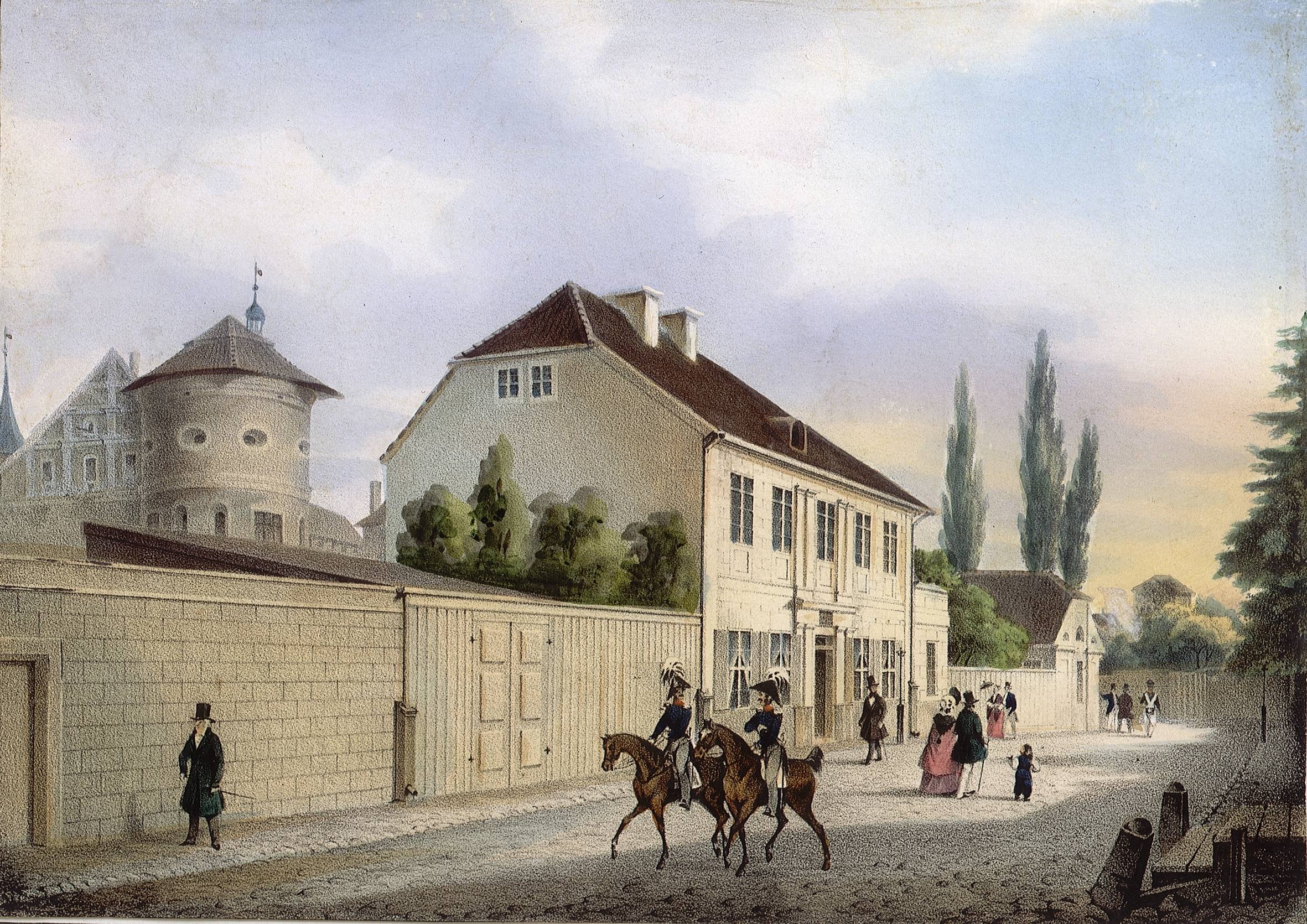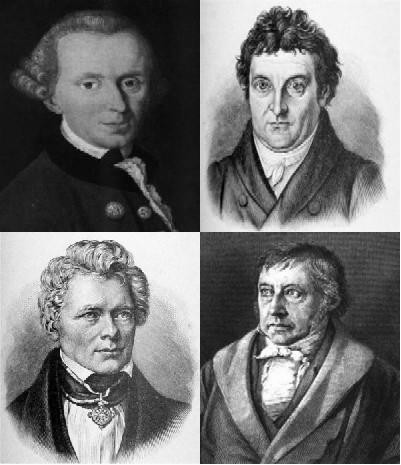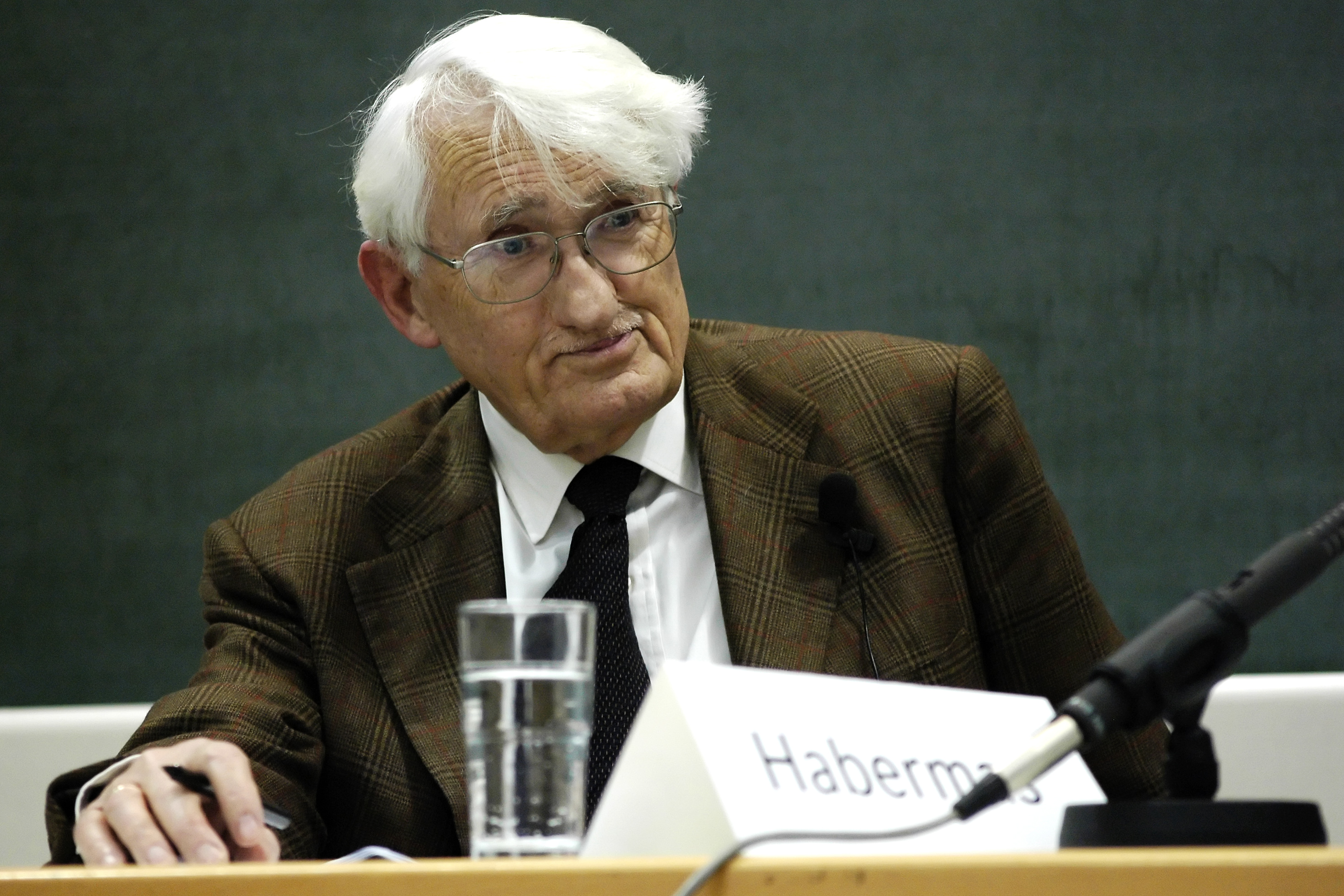|
Immanuel Kant
Immanuel Kant (born Emanuel Kant; 22 April 1724 – 12 February 1804) was a German Philosophy, philosopher and one of the central Age of Enlightenment, Enlightenment thinkers. Born in Königsberg, Kant's comprehensive and systematic works in epistemology, metaphysics, ethics, and aesthetics have made him one of the most influential and highly discussed figures in modern Western philosophy. In his doctrine of transcendental idealism, Kant argued that space and time are mere "forms of intuition" that structure all experience and that the objects of experience are mere "appearances". The nature of things as they are in themselves is unknowable to us. Nonetheless, in an attempt to counter the philosophical doctrine of Philosophical skepticism, skepticism, he wrote the ''Critique of Pure Reason'' (1781/1787), his best-known work. Kant drew a parallel to the Copernican Revolution#Immanuel Kant, Copernican Revolution in his proposal to think of the objects of experience as confo ... [...More Info...] [...Related Items...] OR: [Wikipedia] [Google] [Baidu] [Amazon] |
INFOBOX
An infobox is a digital or physical Table (information), table used to collect and present a subset of information about its subject, such as a document. It is a structured document containing a set of attribute–value pairs, and in Wikipedia represents a summary of information about the subject of an Article (publishing), article. In this way, they are comparable to data table (information), tables in some aspects. When presented within the larger document it summarizes, an infobox is often presented in a sidebar (publishing), sidebar format. An infobox may be implemented in another document by transclusion, transcluding it into that document and specifying some or all of the attribute–value pairs associated with that infobox, known as parameterization. Wikipedia An infobox may be used to summarize the information of an article on Wikipedia. They are used on similar articles to ensure consistency of presentation by using a common format. Originally, infoboxes (and templates ... [...More Info...] [...Related Items...] OR: [Wikipedia] [Google] [Baidu] [Amazon] |
German Idealism
German idealism is a philosophical movement that emerged in Germany in the late 18th and early 19th centuries. It developed out of the work of Immanuel Kant in the 1780s and 1790s, and was closely linked both with Romanticism and the revolutionary politics of the Age of Enlightenment, Enlightenment. The period of German idealism after Kant is also known as post-Kantian idealism or simply post-Kantianism. One scheme divides German idealists into transcendental idealists, associated with Kant and Fichte, and absolute idealists, associated with Schelling and Hegel. Meaning of idealism As a philosophical position, idealism claims that the true objects of knowledge are "ideal," meaning mind-dependent, as opposed to material. The term stems from Plato's view that the "Theory of forms, Ideas," the categories or concepts which our mind abstracts from our empirical experience of particular things, are more real than the particulars themselves, which depend on the Ideas rather than the Id ... [...More Info...] [...Related Items...] OR: [Wikipedia] [Google] [Baidu] [Amazon] |
Kantian Ethics
Kantian ethics refers to a Deontology, deontological ethical theory developed by German philosopher Immanuel Kant that is based on the notion that "I ought never to act except in such a way that I could also will that my maxim should become a universal law." It is also associated with the idea that "it is impossible to think of anything at all in the world, or indeed even beyond it, that could be considered good without limitation except a good Volition (psychology), will." The theory was developed in the context of Age of Enlightenment, Enlightenment rationalism. It states that an action can only be moral if it is motivated by a sense of duty, its maxim may be rationally willed a universal, objective law. Central to Kant's theory of the moral law is the categorical imperative. Kant formulated the categorical imperative in various ways. His principle of universalizability requires that, for an action to be permissible, it must be possible to apply it to all people without a cont ... [...More Info...] [...Related Items...] OR: [Wikipedia] [Google] [Baidu] [Amazon] |
Kant's Antinomies
The antinomies, from the '' Critique of Pure Reason'', are contradictions which Immanuel Kant argued follow necessarily from our attempts to cognize the nature of transcendent reality by means of pure reason. Kant thought that some certain antinomies of his (God and Freedom) could be resolved as "Postulates of Practical Reason". He used them to describe the equally rational-but-contradictory results of applying the universe of pure thought to the categories or criteria, i.e. applying reason proper to the universe of sensible perception or experience (phenomena). Empirical reason cannot here play the role of establishing rational truths because it goes beyond possible experience and is applied to the sphere of that which transcends it. Overview Kant's antinomies are four: two "mathematical" and two "dynamical". They are connected with (1) the limitation of the universe in respect of space and time, (2) the theory that the whole consists of indivisible atom Atoms are the basi ... [...More Info...] [...Related Items...] OR: [Wikipedia] [Google] [Baidu] [Amazon] |
Aesthetic Distance
Aesthetic distance refers to the gap between a viewer's conscious reality and the fictional reality presented in a work of art. When a reader becomes fully engrossed (also known as being 'immersed') in the illusory narrative world of a book, the author has achieved a close aesthetic distance. If the author then jars the reader from the reality of the story, essentially reminding the reader they are reading a book, the author is said to have "violated the aesthetic distance." Overview The concept originates from Immanuel Kant's ''Critique of Judgement'', where he establishes the notion of ''disinterested delight'' which does not depend on the subject's having a desire for the object itself, he writes, "delight in beautiful art does not, in the pure judgement of taste, involve an immediate interest. ..it is not the object that is of immediate interest, but rather the inherent character of the beauty qualifying it for such a partnership-a character, therefore, that belongs to the ve ... [...More Info...] [...Related Items...] OR: [Wikipedia] [Google] [Baidu] [Amazon] |
Copernican Revolution
The term "Copernican Revolution" was coined by the German philosopher Immanuel Kant in his 1781 work ''Critique of Pure Reason''. It was the paradigm shift from the Ptolemaic model of the heavens, which described the cosmos as having Earth stationary at the center of the universe, to the heliocentric model with the Sun at the center of the Solar System. This revolution consisted of two phases; the first being extremely mathematical in nature and beginning with the 1543 publication of Nicolaus Copernicus’s ''De revolutionibus orbium coelestium'', and the second phase starting in 1610 with the publication of a pamphlet by Galileo. Contributions to the "revolution" continued until finally ending with Isaac Newton's 1687 work . Heliocentrism Before Copernicus The "Copernican Revolution" is named for Nicolaus Copernicus, whose '' Commentariolus'', written before 1514, was the first explicit presentation of the heliocentric model in Renaissance scholarship. The idea of helioce ... [...More Info...] [...Related Items...] OR: [Wikipedia] [Google] [Baidu] [Amazon] |
Critical Philosophy
Critical philosophy () is a movement inaugurated by Immanuel Kant (1724–1804). It is dedicated to the self-examination of reason with the aim of exposing its inherent limitations, that is, to defining the possibilities of knowledge as a prerequisite to advancing to knowledge itself. According to Kant, only after such self-criticism does it become possible to develop metaphysics in a non-dogmatic way. The three critical texts of the Kantian corpus are the ''Critique of Pure Reason'', '' Critique of Practical Reason'' and ''Critique of Judgement'', published between 1781 and 1790 and primarily concerned, respectively, with metaphysics, morality, and teleology. Contemporaries of Kant such as Johann Georg Hamann and Johann Gottfried Herder rejected the notion of "pure" reason upon which this project depends. They claim that reason depends upon language, which always introduces historical contingencies. See also * Critical idealism *Critical thinking * Charles Bernard Renouv ... [...More Info...] [...Related Items...] OR: [Wikipedia] [Google] [Baidu] [Amazon] |
Category (Kant)
In Immanuel Kant's philosophy, a category ( in the original or ''Kategorie'' in modern German) is a pure concept of the understanding (''Verstand''). A Kantian category is a characteristic of the appearance of any object in general, before it has been experienced (''a priori''). Following Aristotle, Kant uses the term ''categories'' to describe the "pure concepts of the understanding, which apply to objects of intuition in general ''a priori''…" Kant further wrote about the categories: "They are concepts of an object in general, by means of which its intuition is regarded as determined with regard to one of the logical functions for judgments." The categories are the condition of the possibility of objects in general, that is, objects as such, any and all objects, not specific objects in particular. Kant enumerated twelve distinct but thematically related categories. Meaning of "category" The word comes from the Greek κατηγορία, ''katēgoria'', meaning "that whi ... [...More Info...] [...Related Items...] OR: [Wikipedia] [Google] [Baidu] [Amazon] |
Hypothetical Imperative
A hypothetical imperative ( German: ''hypothetischer Imperativ'') is originally introduced in the philosophical writings of Immanuel Kant. This sort of imperative is contrasted with a categorical imperative. Overview It is first mentioned in Section II of '' Groundworks of the Metaphysics of Morals.'' Kant defined it as the formula of the command of reason that represents an objective principle "in so far as it is necessitating for a will", in other words, imperatives act as the empirical formulas for knowing and enacting with reason. Hypothetical imperatives tell us how to act in order to achieve a specific goal and the commandment of reason applies only conditionally, e.g. "I must study to get a degree." To put it simply, a hypothetical imperative is the blueprint for the use of reason in the interest of achieving a goal. These sorts of actions are capable of producing good, but they are primarily motivated by a desire to meet specific purposes. Actions done via Hypothetical ... [...More Info...] [...Related Items...] OR: [Wikipedia] [Google] [Baidu] [Amazon] |
Categorical Imperative
The categorical imperative () is the central philosophical concept in the deontological Kantian ethics, moral philosophy of Immanuel Kant. Introduced in Kant's 1785 ''Groundwork of the Metaphysics of Morals'', it is a way of evaluating motivations for action. It is best known in its original formulation: "Act only according to that maxim (philosophy), maxim whereby you can at the same time will that it should become a universal law."It is standard to also reference the ''Akademie Ausgabe'' of Kant's works. The ''Groundwork'' occurs in the fourth volume. Citations throughout this article follow the format 4:x. For example, the above citation is taken from 4:421. According to Kant, rational being (Kantian ethics), rational beings occupy a special place in creation, and morality can be summed up in an imperative, or ultimate commandment of reason, from which all duties and obligations derive. He defines an ''imperative'' as any proposition declaring a certain action (or inaction) t ... [...More Info...] [...Related Items...] OR: [Wikipedia] [Google] [Baidu] [Amazon] |
Analytic–synthetic Distinction
The analytic–synthetic distinction is a semantic distinction used primarily in philosophy to distinguish between propositions (in particular, statements that are affirmative subject– predicate judgments) that are of two types: analytic propositions and synthetic propositions. Analytic propositions are true or not true solely by virtue of their meaning, whereas synthetic propositions' truth, if any, derives from how their meaning relates to the world. While the distinction was first proposed by Immanuel Kant, it was revised considerably over time, and different philosophers have used the terms in very different ways. Furthermore, some philosophers (starting with Willard Van Orman Quine) have questioned whether there is even a clear distinction to be made between propositions which are analytically true and propositions which are synthetically true. Debates regarding the nature and usefulness of the distinction continue to this day in contemporary philosophy of language. Kant ... [...More Info...] [...Related Items...] OR: [Wikipedia] [Google] [Baidu] [Amazon] |
Teleological Judgment
The ''Critique of Judgment'' (), also translated as the ''Critique of the Power of Judgment'', is a 1790 book by the German philosopher Immanuel Kant. Sometimes referred to as the "third critique", the ''Critique of Judgment'' follows the ''Critique of Pure Reason'' (1781) and the '' Critique of Practical Reason'' (1788). Context Immanuel Kant's ''Critique of Judgment'' is the third critique in Kant's Critical project begun in the ''Critique of Pure Reason'' and the ''Critique of Practical Reason'' (the ''First'' and ''Second Critiques'', respectively). The book is divided into two main sections: the ''Critique of Aesthetic Judgment'' and the ''Critique of Teleological Judgment'', and also includes a large overview of the entirety of Kant's Critical system, arranged in its final form. The so-called ''First Introduction'' was not published during Kant's lifetime, for Kant wrote a replacement for publication. The Critical project, that of exploring the limits and conditions of ... [...More Info...] [...Related Items...] OR: [Wikipedia] [Google] [Baidu] [Amazon] |




